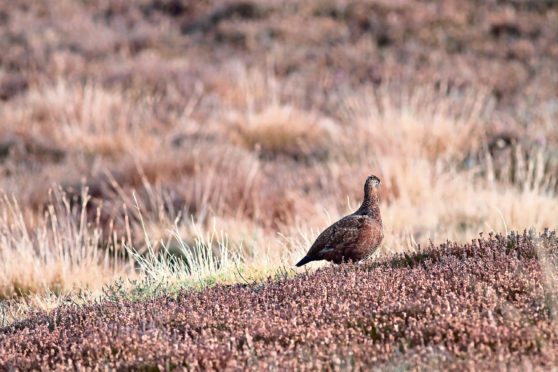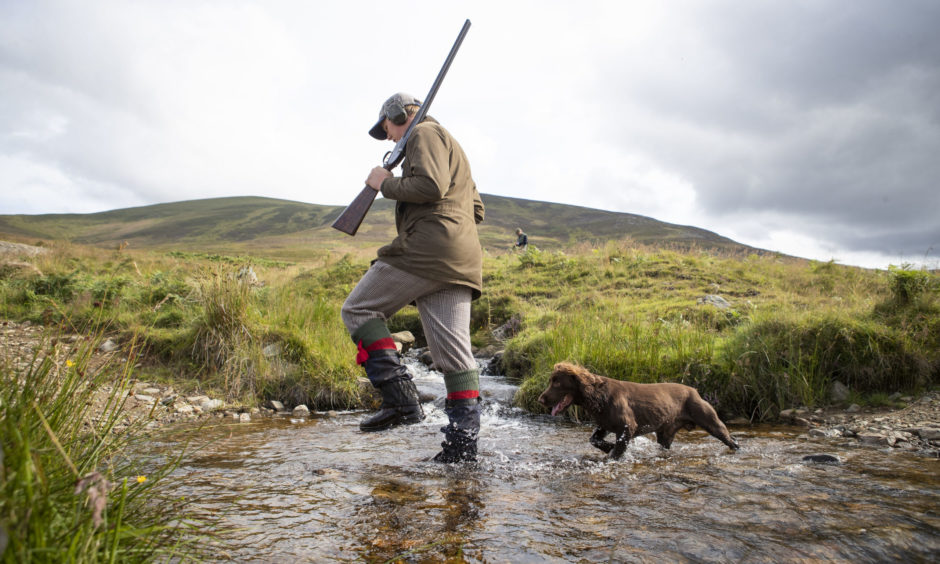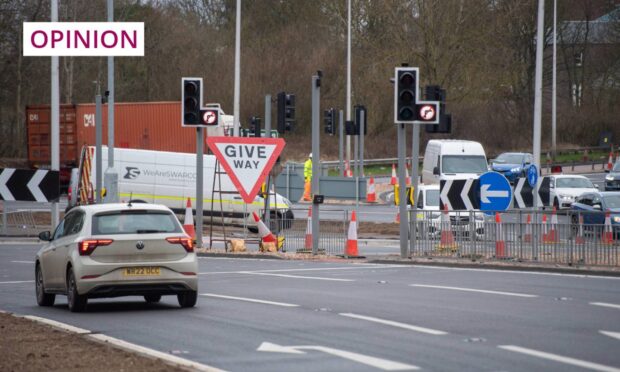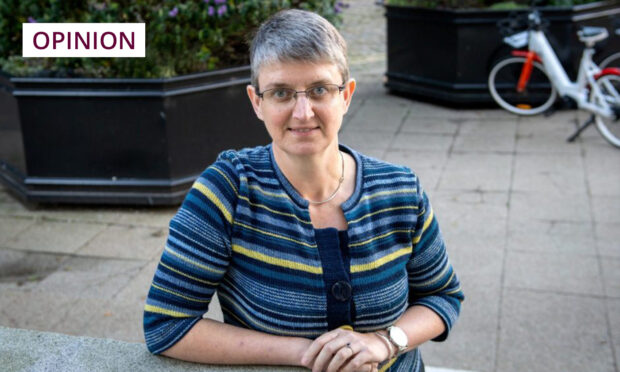Well, that didn’t take long. Last Tuesday, I was explaining why politics and nature didn’t mix well, what with the Scottish Parliament’s failure to endorse a motion to declare a nature emergency, and side-stepping the implementation of mountain hare legislation.
But then two days later, the Scottish Government announced the introduction of a new licensing scheme for driven grouse moors – not five years hence, as suggested by the Werrity Report it had commissioned, but with work to begin now.
All this from Minister for the Natural Environment Mairi Gougeon, Dundee-born and an MSP for the constituency of Angus and the Mearns, a landscape with something of an iffy record in these matters. It may have taken a year since the Werrity Report was published, but the Scottish Government came to the right conclusion. Suddenly, I have to admit, for once politics and nature mixed rather well.
Unless, of course, there is nothing you like better than killing wild creatures with guns. That cacophonous outburst you may have heard more or less immediately afterwards was the sound of the usual suspects – (deep breath) – the British Association for Shooting and Conservation, the Scottish Countryside Alliance, the Scottish Gamekeepers Association, the Scottish Association for Country Sports, and Scottish Land and Estates, all voicing their collective outrage in a joint statement. All guns blazing, you might say. They called the minister’s decision “a damaging blow to fragile rural communities” and that it “interferes with legitimate business activities and threatens to engulf the sector in a blizzard of red tape”.
Let’s take these one at a time. The idea that grouse shooting is a financial godsend for rural communities is both an urban and a rural myth. If the Scottish Government were to choose to be really radical in its reform of nature protection legislation and decided to ban all grouse shooting tomorrow and give the red grouse as a species Schedule 1 protection under the Wildlife and Countryside Act; if it also insisted that all grouse moorland be re-designated as nature reserves that could revert and be encouraged to return to a mixed landscape of woodland, forest, moorland and wetland; if it also replaced thousands of miles of bulldozed roads with walking and cycling paths – the following would happen.
Benefits to rural communities
Firstly, there would be a huge expansion of biodiversity. That much is perfectly predictable. Secondly, nature would respond to the changes in unpredictable ways that would astound us. Thirdly, the landscapes that were the preserve of rich people with guns (and traps and poisons and medicated grit and widespread contempt for existing legislation), would transform in terms of the possibilities they would present to rural communities. These communities would cease to be fragile simply because they would no longer be beholden to the oppressive regime of the grouse shooting industry.
Instead of being constrained by a land-use system invented by the Victorians before the concept of nature conservation was invented, and which physically abuses the land as a result, the reborn land would be wide open to new employment opportunities in green tourism, nature conservation (a singularly labour-intensive phenomenon when it’s done well), forestry, outdoor education and rural arts and crafts.
But there is a further consideration here, and it is this. As a government and as a people, we cannot make every decision we are ever faced with about the future of our land on the basis of whether or not it is good for the economy. Sometimes the debt we owe to our land is too great for that, and we must do what it takes to heal wounds that have been inflicted by our own species over centuries, and which are still being inflicted. Sometimes the land itself comes first.
Illegitimate activities
The second complaint of those who like to kill things with guns is that the minister’s decision interferes with legitimate activities. No it doesn’t. It interferes with illegitimate activities, activities which are specifically a by-product of the shooting industry. The problem for that industry is that we have got a lot better at detecting the crimes against wildlife. Activities that the estates have got away with for far too long are now being identified. The industry has only itself to blame for the government’s licensing decision.
The process began when what was then Scottish Natural Heritage (now NatureScot for reasons best known to itself) found that a third of all tagged golden eagles in Scotland had disappeared in suspicious circumstances on or near grouse moors. The estates were careless, even as the technology improved, and this is the result.
It is a short step from where we are now to ending the national embarrassment of grouse shooting once and for all. Enlightened nature conservation will surely seize on the momentum this moment has provided to push the case for the extinction of the grouse moor and the liberation of the grouse, the extinction of all thoughtless shooting in Scotland and legal protection for all birds, all mammals, all wildlife.
The widespread presumption of letting wildlife manage wildlife would usher in a new enlightenment of the landscape.
The Scottish Government just had a very good day indeed.











